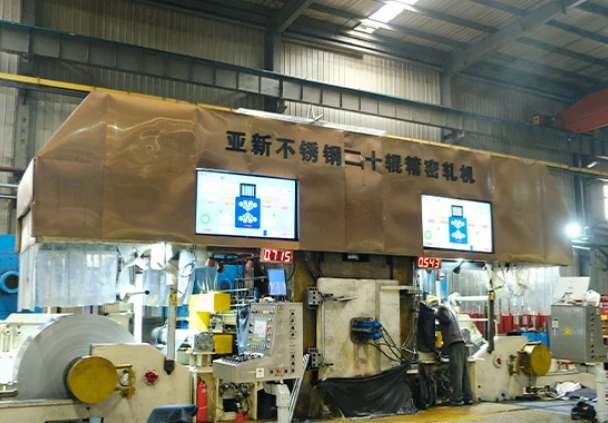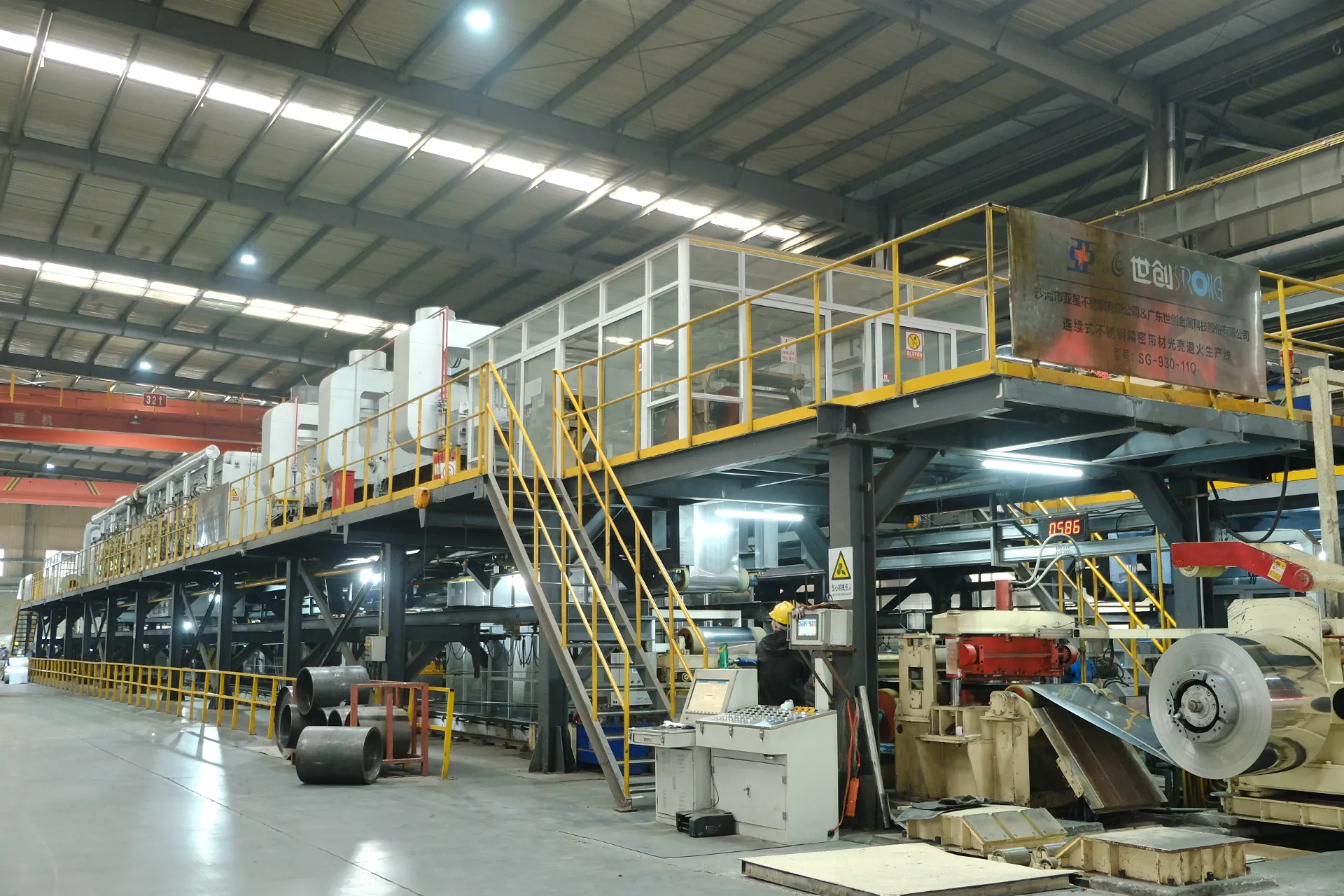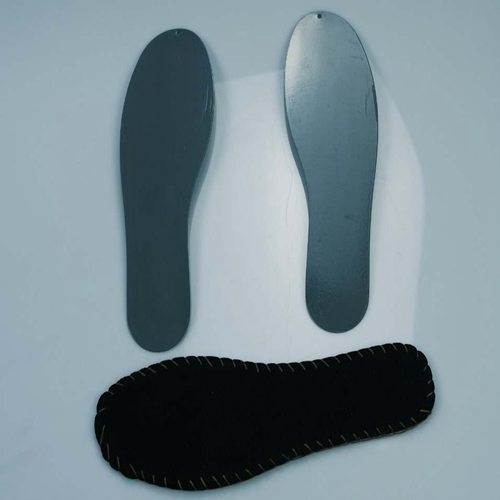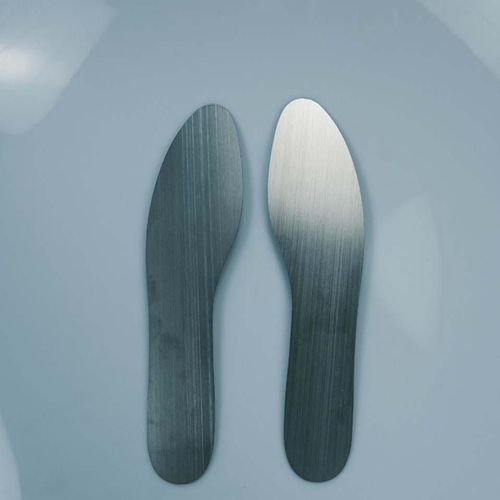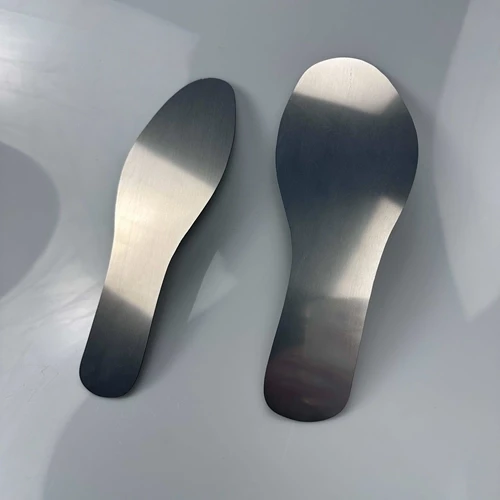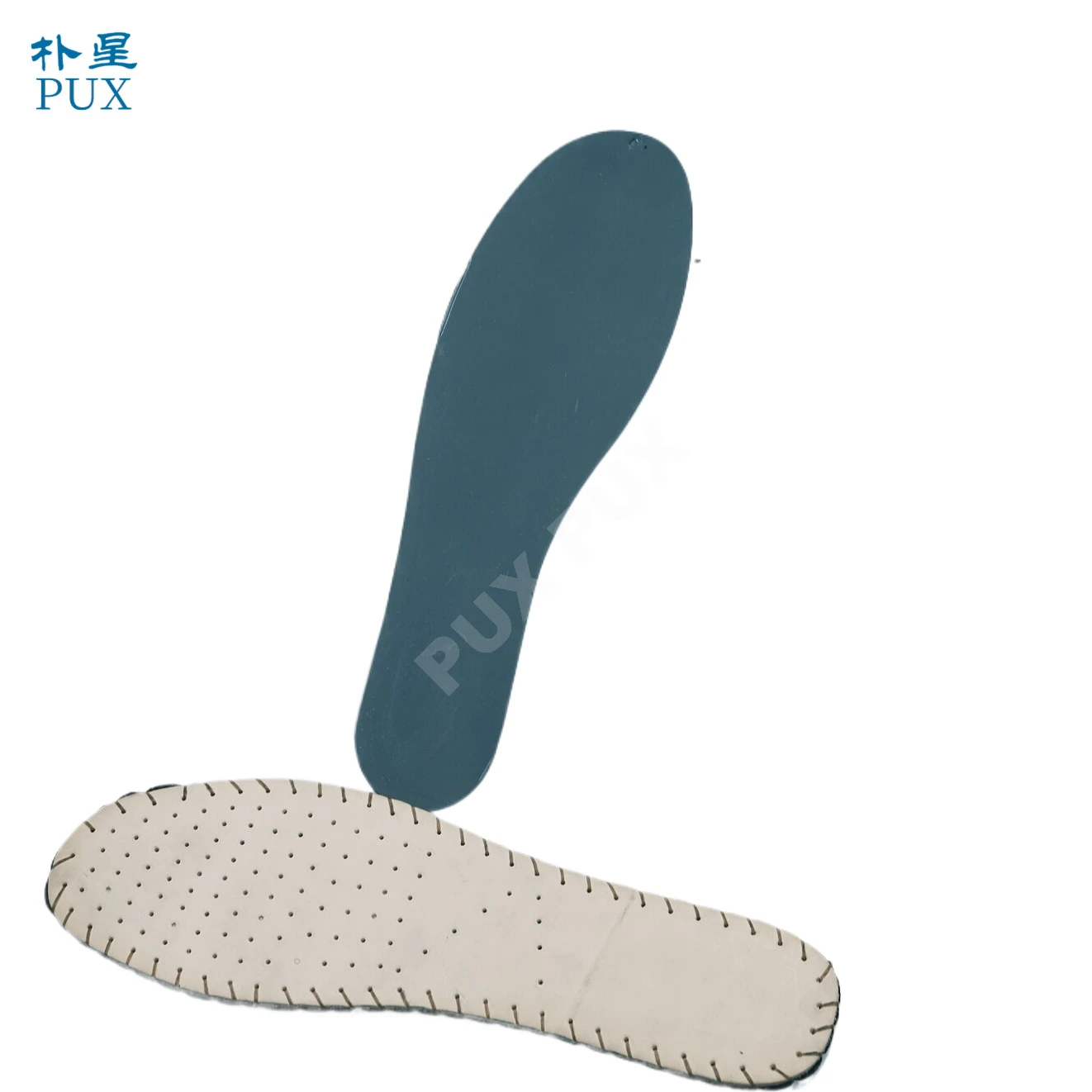cynnyrch
The steel midsole is a vital protective component in industrial footwear, offering unmatched puncture resistance against sharp objects like nails or metal debris. Made from hardened carbon steel, it provides a rigid barrier that distributes impact forces evenly across the foot. Its tempered construction (1-2mm thick) balances durability with flexibility, while corrosion-resistant coatings ensure longevity in harsh environments.
The steel plate also enhances stability, reducing foot fatigue during prolonged standing on hard surfaces. Though slightly heavier than composite alternatives, its superior penetration protection and load-bearing capacity make it ideal for construction, manufacturing, and heavy industry applications. Modern designs integrate ergonomic contours and compatibility with other safety features, maintaining workplace protection without compromising comfort.
-
Plât midsole kevlar o Ansawdd Uchel Ar gyfer Gwneuthurwr Esgidiau Diogelwch
Eitem:Kevla Midsole
Cais:Ar gyfer esgidiau diogelwch
Deunydd:Kevla
Trwch:0.5mm/0.8mm
Lliw:Gwyn
Safon:EN22568
Gwrthiant treiddiad:1200N
Gwrthiant hyblyg:EN22568 (1500000 o weithiau) safonol
Swyddogaeth:gwrth-ddŵr, gwrth dorri, gwrth-dyllu, gwrthlithro
Man Tarddiad:Hebei, Tsieina
-
Midsoles diogelwch ar gyfer esgidiau Plât Dur Gwrth-hoelen Gwrth-tyllu Traed Traed Lafur Amddiffyn Midsoles dur
Eitem:Midsole Mn-dur
Cais:Ar gyfer esgidiau diogelwch
Deunydd:Mn-dur
Trwch:0.49-0.5mm
Lliw:du
Safon:EN22568
Gwrthiant treiddiad:1200N
Swyddogaeth:gwrth-effaith, ymwrthedd olew, gwrth-statig
Man Tarddiad:Hebei, Tsieina
-
Safon Uchel EN Midsole Dur Di-staen
Mae mewnwadnau gwrth-dyllu Dur Di-staen wedi'u gwneud o ddur o ansawdd uchel sy'n ddelfrydol ar gyfer esgidiau diogelwch, mae ganddo dyllu da
ymwrthedd a gellir ei blygu fwy na 1,000,000 o weithiau, mae ei wyneb wedi'i wneud o chwistrell powdr matte resin epocsi i wella'r
adlyniad, mae'n gwrth rhwd a gwrth tyllu. Mae gwadn gwrth-dyllu dur wedi cael ei ddefnyddio i wneud esgidiau diogelwch ers blynyddoedd lawer. mae'n
yn denau, yn rhad ac yn cael ei ddefnyddio'n helaeth gan wneuthurwyr esgidiau diogelwch. (Dur gwrth-treiddiad gwadn Canolbarth gweithgynhyrchu yn ein ffatri wedi
Gwrthiant hyblyg: (1000000 o weithiau), EN12568, CSA (1500000 o weithiau) safonol. Ymwrthedd treiddiad 1100N Flexing resistanc
100PRS/CTN). Mae ganddo SAFON EWROPEAIDD EN12568.
Eitem:midsole dur di-staen
Cais:Ar gyfer esgidiau diogelwch
Deunydd:dur di-staen
Trwch:0.49mm
Lliw:arian
Safon:EN22568
Gwrthiant treiddiad:1200N
Gwrthiant hyblyg:EN22568 (1000000 o weithiau) safonol
-
Stainless Steel Insole
Steel bottom can prevent puncture, anti-static, zigzag resistance, acid and alkali resistance, high and low temperature resistance. Quality up to EN, CSA, JIS and other international standards, is the work shoes, labor protection shoes and other protective shoes necessary protective products Stainless steel anti-puncture insole made of high quality steel, is the ideal choice for safety shoes, has good puncture resistance, can be bent more than 1,000,000 times. The surface is sprayed with epoxy resin matte powder to enhance adhesion, prevent rust and puncture. Especially in the site is particularly popular, mainly used to prevent stepping on nails or other sharp objects, due to its high hardness, wear resistance characteristics, can effectively protect the safety of the foot, reduce the risk of injury.Durable: Compared with ordinary insoles, stainless steel insoles are stronger, not easy to damage, and have a long service life.
What is a steel midsole?
A steel midsole is a protective layer embedded in work boots between the insole and outsole, designed to prevent puncture injuries from sharp objects like nails or metal shards. Typically made from thin, tempered steel, it provides rigid structural support while maintaining flexibility for walking comfort. The steel plate acts as an impenetrable barrier that meets ASTM F2413 safety standards for puncture resistance. Unlike surface protection, the midsole's strategic placement shields the entire footbed without adding excessive bulk.
While offering superior protection in industrial environments, steel midsoles do add some weight to footwear and can conduct temperature extremes. Modern designs often incorporate perforations or contours to improve flexibility and breathability while maintaining safety performance. This critical safety feature has become standard in many construction, manufacturing, and utility work boots where puncture hazards exist.
Pros and cons of Steel Midsole versus Composite
Steel midsoles and composite midsoles each have distinct advantages and drawbacks in work boot construction. Steel midsoles provide superior puncture resistance and structural rigidity, making them ideal for heavy industrial environments with sharp debris. They offer excellent protection against extreme compression and maintain stability over time, but add significant weight to the footwear and can conduct temperature extremes. Composite midsoles are lighter weight (typically 30-50% reduction), non-metallic (making them metal detector friendly), and provide better insulation against hot/cold surfaces.
While they meet most safety standards for puncture resistance, composites may not withstand repeated extreme impacts as well as steel. Composite materials also tend to be more flexible, improving comfort during extended wear but potentially offering less support for heavy loads. The choice depends on workplace hazards - steel excels in high-risk industrial settings while composites better suit lighter duty applications where weight and thermal comfort are priorities.





